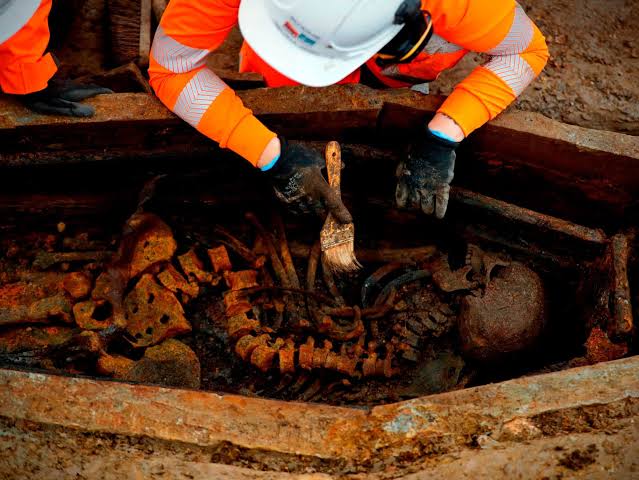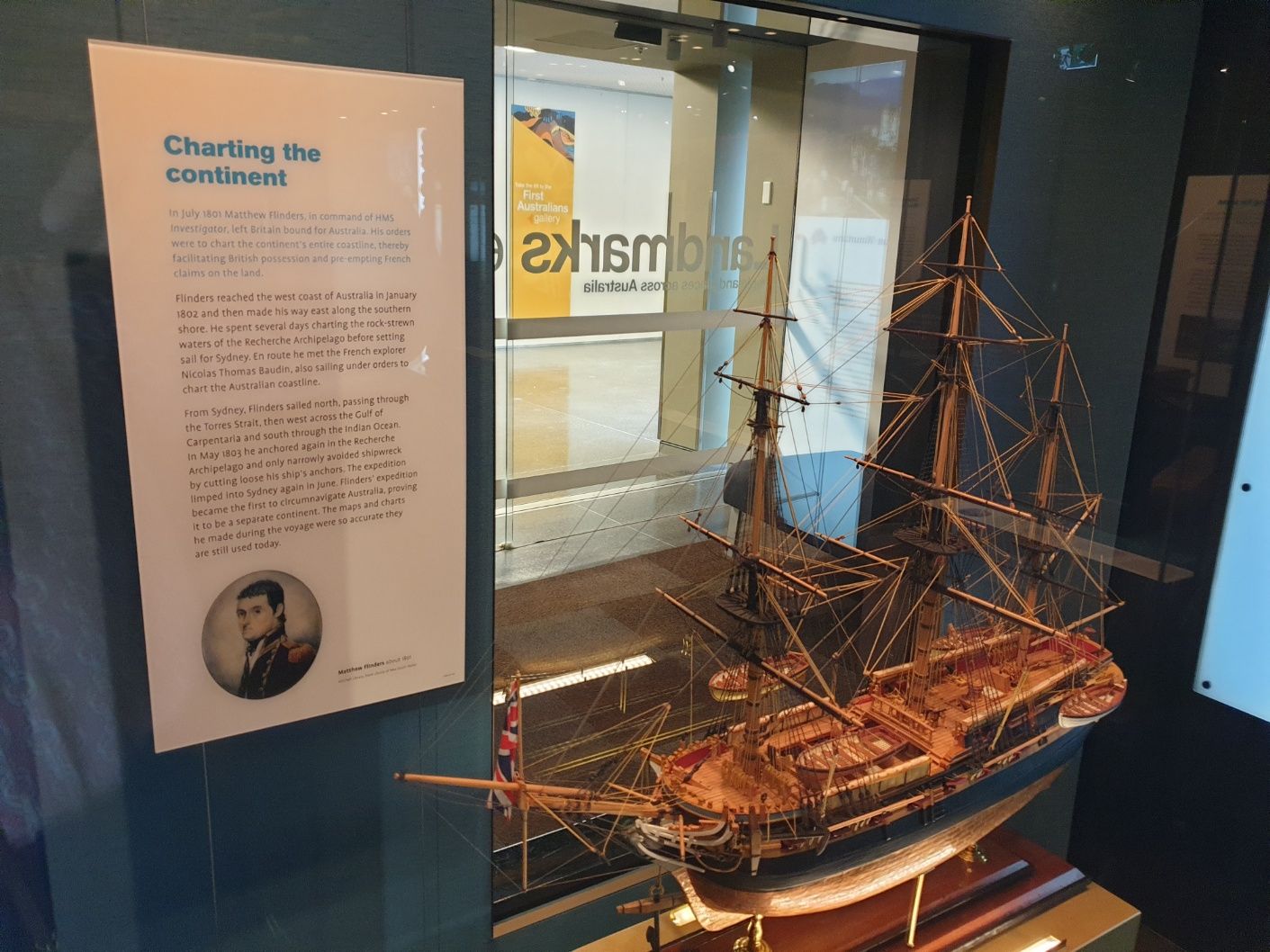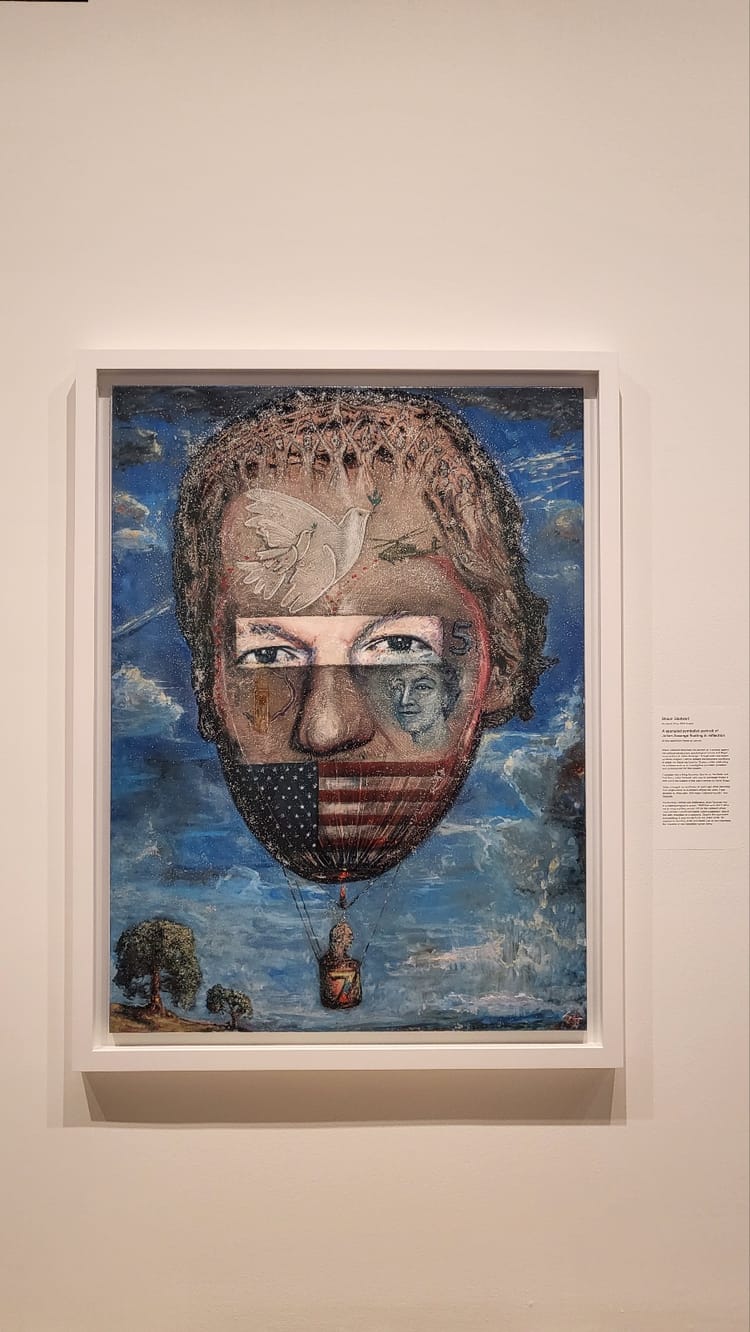The return of Flinders

By historian,
Mr Ein Shin
In 2019, a “THUD” became a forerunner to the excavation of a burial site. The remnants of an old decorated coffin were discovered in Euston Station, London under construction. Inside it was a breastplate where a faint outlining of a name was inscribed. Who lay in the coffin? Matthew Flinders: a remarkable explorer.
After reading the novel Robinson Crusoe, Matthew Flinders aspired to sail endless seas. In 1975, a golden opportunity stood in front of Flinders and he joined HMS Reliance. Aboard the ship, he befriended surgeon George Bass and together explored the southeast part of Australia with his cat Trim, sailing around Tasmania and proving it was an island. Likewise, he was the first to circumnavigate Australia. Afterwards, he ventured through Spencer’s Gulf, Gulf St Vincent, and a kangaroo utopia: Kangaroo Island. Interestingly, he never called an area after himself. Flinders returned to England in the 1800s and reported his findings where he was given command of the Investigator and the task of charting Australia.


In 1802, Flinders, on the Investigator, and Nicolas Baudin, a French captain, accidently bumped into each other, with the sound of grunting and whining wood transparent. Both captains were cautious but as they were scientific expeditions, they hoped their meeting would be peaceful. Flinders boarded the French ship and the two captains exchanged information about their explorations. Both captains had been given the same task: charting the 'misty coast' of Australia. Flinders named the place where they met Encounter Bay, as a memorial for the unexpected meeting. Nevertheless, in the same year, Flinders also met with Bungaree, a well-known figure in early Sydney after recruiting him to sail on the Investigator around the coast of Australia. Though sailing may sound easy, this is not necessarily the case.
Rough waves lead to trouble over charting the unknown territory. Gales, storms, and dangers ahead have contributed to many shipwrecks over the decades, including Flinders who was lucky enough to just survive. Be that as it may, during some select voyages, many souls have been swallowed by the great waves. Flinders and his crew went to Timor to acquire supplies but 9 men died from fevers and dysentery after the visit. Flinders escaped from death but not so much the French. He was promptly arrested for 6 and a half years and, alas, released to England where he published books regarding his voyages.
Matthew Flinders has morphed into an important part of Australian history: a brave man, he was the first one to chart south-east Australia entirely. As a monument to his duties, Flinders island was born and much of South Australia hails his name. Eureka! Flinders mapped Australia enabling people to learn about the new continent's existence. Without him, Australia would be an incomplete part of the world map, remote, and distant.




Member discussion